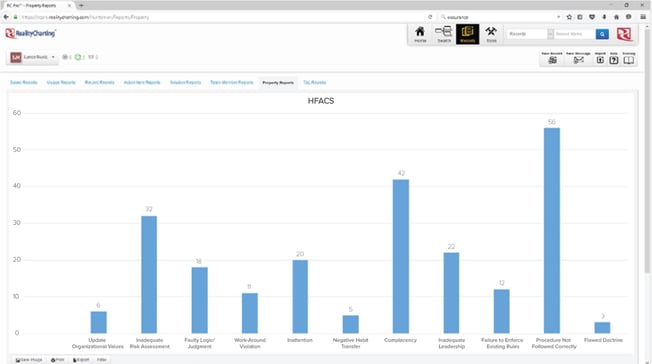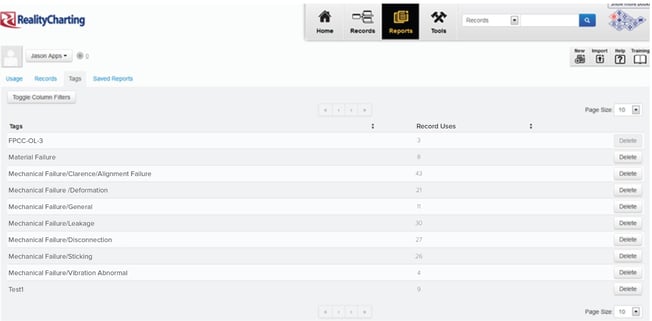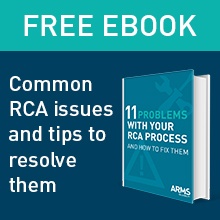These days, many enterprise-level organizations are likely to have similar operations in multiple locations regionally or even worldwide. When a piece of equipment fails or a safety incident occurs at one site, the company investigates the problem and identifies solutions or corrective actions. Naturally, the team wants to capture the lessons learned and share them with other sites that have similar equipment, processes and potential incidents. 
Advanced tools like the RealityCharting® software enable teams to share results of an Apollo Root Cause Analysis (RCA) across multiple layers of stakeholders. However, a large multinational enterprise might have dozens of different investigations going on at any given time. At the highest levels, decision-makers don’t necessarily want to see granular information about specific causes at any given plant. They need a top-down perspective of problems and patterns that are affecting the entire organization.
At ARMS Reliability, many of our clients have expressed a similar need. Our solution? Using classification tags to create and apply a consistent taxonomy to all root cause analyses performed for a given organization. Rolled up into a composite report, these tags reveal enterprise-wide trends and issues, allowing management to create action plans for tackling these systemic issues. For example, classification tags might uncover a large number of problems related to a lack of preventative maintenance on a certain type of pump, or a systemic non-compliance with a required safety process.
A classification taxonomy can be scalable and configured to an organization's goals and processes. Think of these classifications like buckets that can be applied at any level of the RCA — e.g., to the root causes or solutions, to individual contributing causes, or simply to the RCA investigation in general.
Keep in mind: The Apollo Root Cause Analysis method is centered around a free-thinking approach to solving problems. That’s what makes the methodology so powerful — it doesn’t lead you down any generic predetermined pathways by asking leading questions or categorizing various causes or effects in any way. At ARMS Reliability, we advocate applying classification tags only after the root cause analysis investigation is completed, so you keep the free-thinking causal analysis and organize it later, for the purpose of rolling the findings up into a deeper systemic view.
Taxonomies can range from 5–20 categories into the hundreds. For example, here we’ve used a human factors taxonomy to tag causes as organizational influences and other people-centric issues.
(Click to enlarge)
Reports can provide a summary of how many causes were classified under the various tags:
(Click to enlarge)
In another example, an organization bases its taxonomy of reliability issues on the ISO 14224 - Collection and exchange of reliability and maintenance data for equipment.
(Click to enlarge)
The taxonomy options are endless. Most organizations we work with have their own unique systems of classifications. It’s really all about codifying the types of information your organization most needs to capture.
If adding classifications to your Root Cause Analyses would be useful for your organization, contact ARMS Reliability. We’d be glad to show you more about what we’re doing with other clients and help you develop a taxonomy that works best for your needs.




